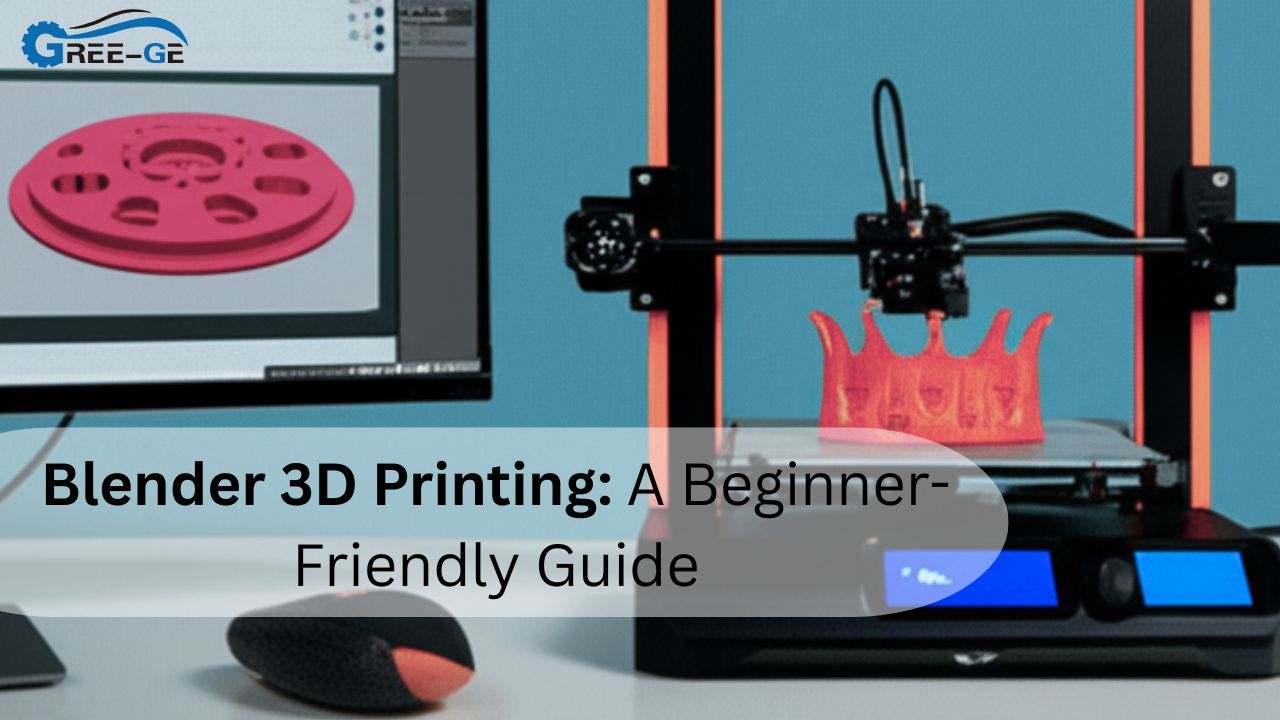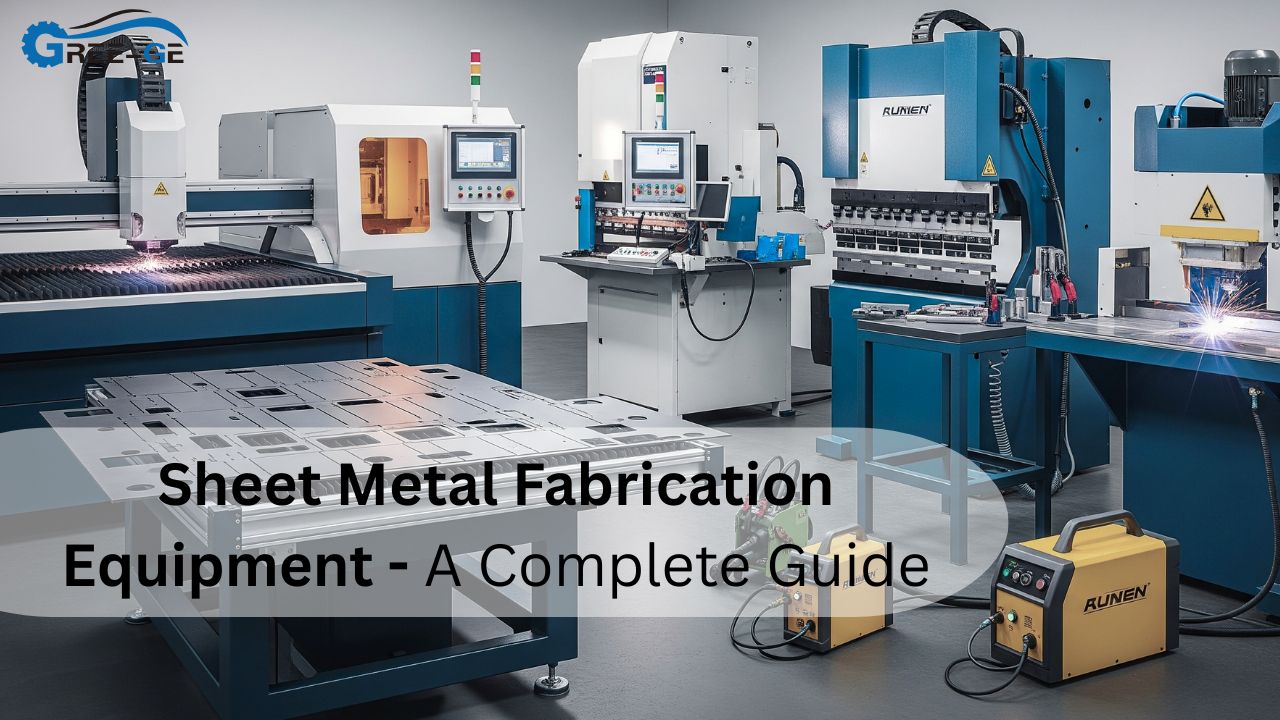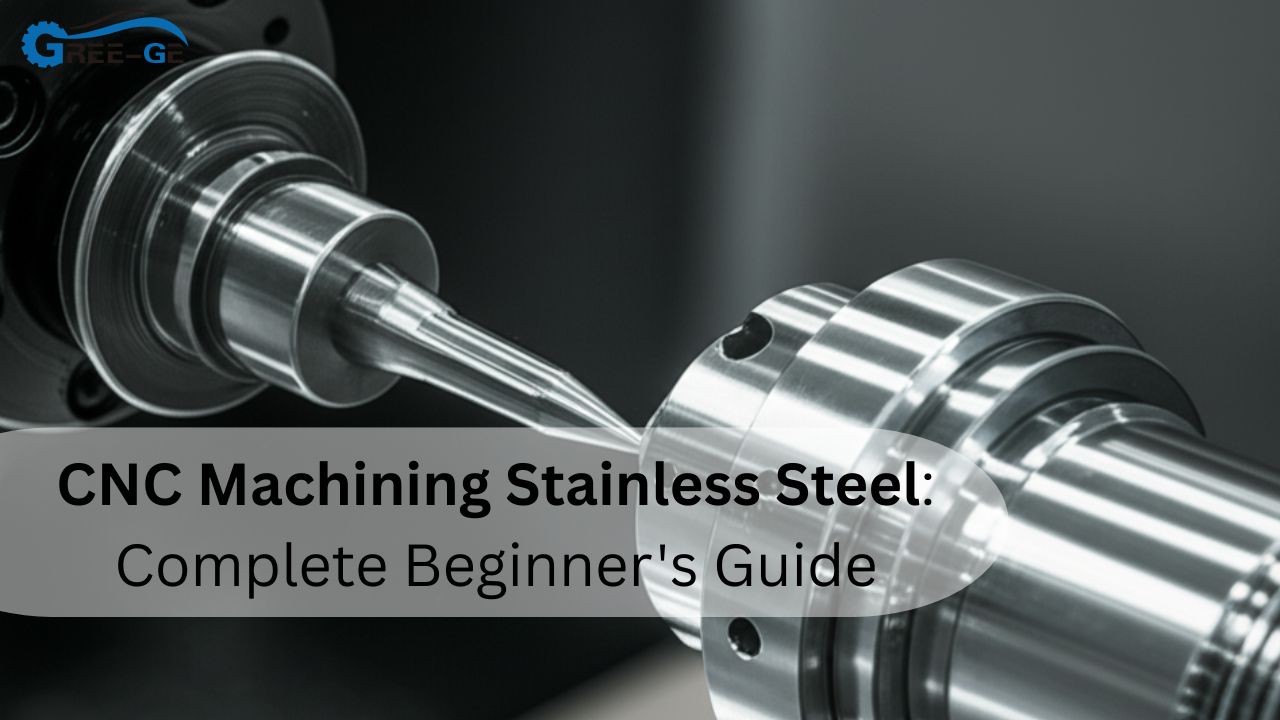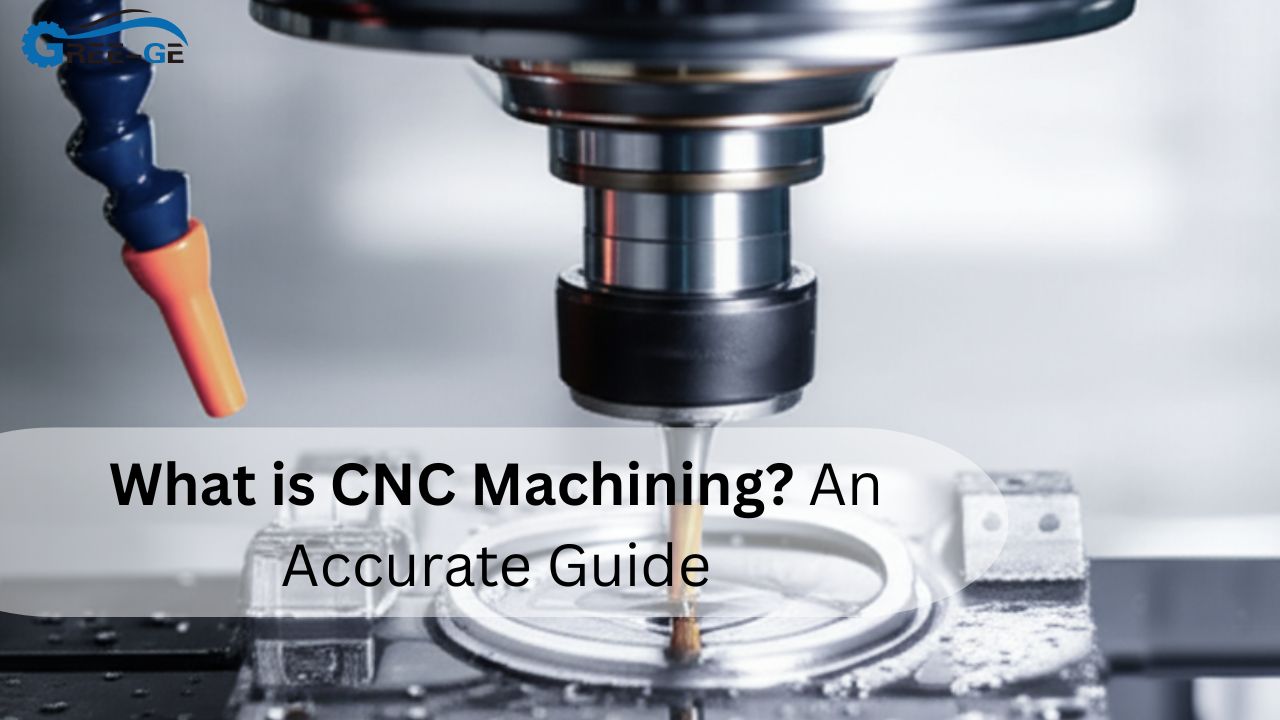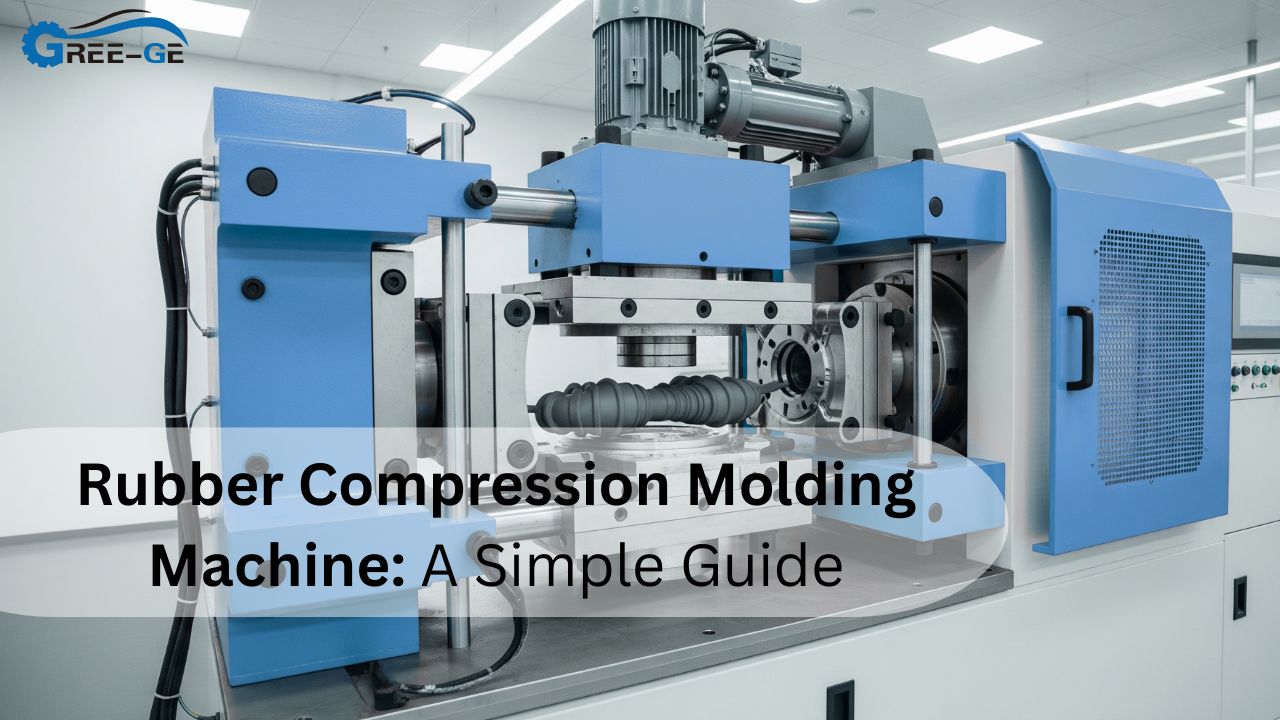Imagine a titanium hip ball that must glide inside bone for 30 years or a stent ring thinner than a match head keeping an artery open. In both cases, failure is not an option. That’s why manufacturers lean on CNC machining for medical industry projects when they need parts that are tiny, complex, and flawless. Modern CNC machining for medical industry workloads routinely hold:
- ±5 µm (0.0002″) on orthopedic joints
- ±2 µm on surgical scissors’ cutting edges
- ±10 µm on drug-delivery gears
- Surface Ra 0.1 µm on heart-valve seats
- Lot-to-lot Cpk ≥ 1.67 for FDA audits
In the pages below, we’ll see how machines, tooling, software, and culture combine to nail such tight numbers. We’ll compare five-axis mills to Swiss lathes, peek at quality labs, and tackle hidden Challenges in CNC Machining—all in plain English you can share with the team.
CNC Machining for Medical Industry: Why Microns Matter
Healthcare parts touch living tissue, so even a 20 µm mismatch can scrape bone or leak fluid. Hospitals also demand interchangeability: today’s screw must fit yesterday’s plate. Meeting those benchmarks turns CNC machining for medical industry from “nice to have” into “mandatory.”
Where the Numbers Come From
Regulators cite ISO 13485 and ASTM F-standards. Titanium acetabular shells need ±0.01 mm on taper angles. That spec drives fixturing, probing, and thermal control choices on every CNC milling machine in the cell.
Clinical Risk vs. Tolerance
A bone screw with 30 µm ovality may loosen under load. A dental bur 50 µm short might snap. Quantifying risk guides whether a job runs on a shop-floor mill or a climate-controlled jig grinder.
Cost of Missing the Mark
Rejecting a $300 hip stem hurts more than junking a woodworking CNC lathe part; scrap often triggers FDA non-conformance reports, so prevention beats rework.
Five-Axis Milling For Orthopedic Implants
A five-axis CNC milling machine carves complex curves—think femoral knees or spinal cages—in one clamp, erasing stack-up errors. Machines equipped with linear-motor drives hold ±3 µm on titanium over 300 mm travel when cooled to 20 ± 0.1 °C. Built-in probing checks cutters every ten parts; worn tools trigger auto-change, keeping Cpk above 2.0.
Toolpath Smarts
CAM algorithms smooth small arcs into spline moves, preventing ‘chatter freckles’ that surgeons can feel.
Superabrasive Cutters
Poly-crystalline diamond (PCD) ends last 10× longer in PEEK cages, halving downtime.
In-process Gauging
Laser micrometers scan each slot; data feeds SPC dashboards, flagging drift before defects slip through.
Swiss-Type Turning For Micro Devices
Tiny bone screws under 2 mm diameter spin on Swiss lathes. A six-axis machine like the i2r 8 CNC machine (with medical package) cuts threads, cross-holes, and flat tips in one cycle. Oil-chilled guide bushings curb run-out to 1 µm. Coupled with 5-µm boring bars, the lathe hits ±4 µm pitch on 316L stainless.
Edm For Sharp And Thin Geometries
Electrical-discharge machining burns metal with sparks, with no cutting force. It shapes 0.2 mm ribs on surgical forceps or slots in nitinol stents. Wire EDMs with 0.05 mm brass wire and real-time adaptive power supplies maintain ±2 µm across 50-piece lots—numbers tricky on even the best woodworking CNC lathe.
Material Stability & The Heat Game
Titanium grows 9 µm per meter per °C. Climate rooms at 20 ± 0.5 °C null most drift, but tool heat still creeps. Shops use through-spindle oil-mist to cool flutes, then let parts soak before CMM checks—a ritual baked into CNC machining for medical industry routers.
Fixturing & Workholding Tricks
Vacuum chucks with sapphire pins grip delicate PEEK without marring. For hip stems, zero-point pallets swap stock in 8 seconds while repeating to 2 µm. Modular sine plates let the i2r 8 CNC machine tilt arthroscopic hooks within 0.1°.
Cutting Tool Management
Diamond-coated carbide loves cobalt-chrome; uncoated HSS does not. RFID-tagged holders report life data; if a drill on a 5-axis CNC Technology hits 80 % life, the turret swaps in a sister tool automatically, ensuring the drilled cannula stays within ±5 µm.
Metrology: Measure What You Make
On-machine touch probes capture 300 points on an acetabular cup lattice, auto-correcting wear. Offline, five-axis CMMs with scanning heads log 100k points, then AI software compares to CAD in 3D-color maps. This closed loop keeps CNC machining for medical industry lines FDA audit-ready.
| Feature | Typical Tolerance | Verification Method |
| Knee joint taper | ±5 µm | In-line probing |
| Cannula ID | ±4 µm | Air gauge |
| Stent strut width | ±3 µm | Optical CMM |
Documentation & Traceability
Each lot packs a birth certificate: raw-material heat, CNC program revision, probe logs, and CMM files. Barcodes link implants to machines—vital when Challenges in CNC Machining like tool chipping risk latent defects.
Suggest Box
Automate logs directly from control to MES; manual entry is an FDA finding waiting to happen.
Software & Digital Twins
Digital twin models predict deflection under tool load. Before a cutter touches metal, the twin warns if a 125 mm reach tool on a CNC machining services might flex 6 µm—enough to ruin a seatbelt needle clamp. Tweaks in simulation save scrap downstream.
Challenges And Future Trends
Skill gaps, fixturing cost, and ever-shrinking part sizes top the list of Challenges in CNC Machining for healthcare. Hybrid machines laser-print rough titanium, then mill surfaces to ±5 µm in one setup, cutting waste by 30 %. AI-flagged tool wear could soon text the programmer before burrs form.
Fact: Studies show closed-loop adaptive control can lift medical-grade yield from 93 % to 98 % in six months.
Conclusion
So, how accurate is CNC machining for medical industry work? With climate-controlled shops, five-axis mills, Swiss lathes like the i2r 8 CNC machine, and rock-solid metrology, holding ±5 µm on implants and ±2 µm on micro tools is the new normal. The key is a holistic system—hardware, software, and disciplined process—that tackles real-world Challenges in CNC Machining before they reach the patient. Stick to these principles and your parts will pass surgeons’ and regulators’ toughest tests.
FAQs
Can a hobby mill hit medical tolerances?
Desktop mills lack thermal control and stiff spindles; use them only for non-critical prototypes.
Is a woodworking CNC lathe of any use in medical?
Wood lathes teach G-code basics, but medical parts need micron-level rigidity and coolant management.
How often should probes be calibrated?
Daily for mission-critical implants; weekly for simple fixtures.
Does five-axis always beat three-axis?
For complex curves, yes. Flat plates see little benefit.
What’s the biggest hidden cost?
Documentation mistakes—redoing paperwork can dwarf scrap metal costs.

